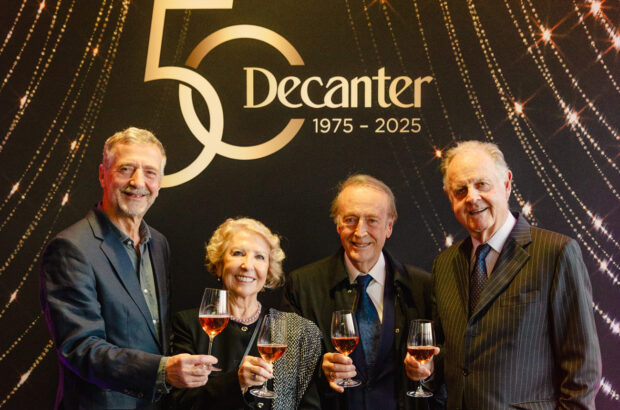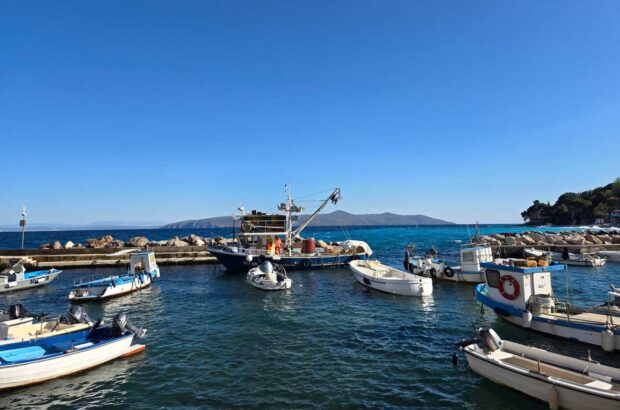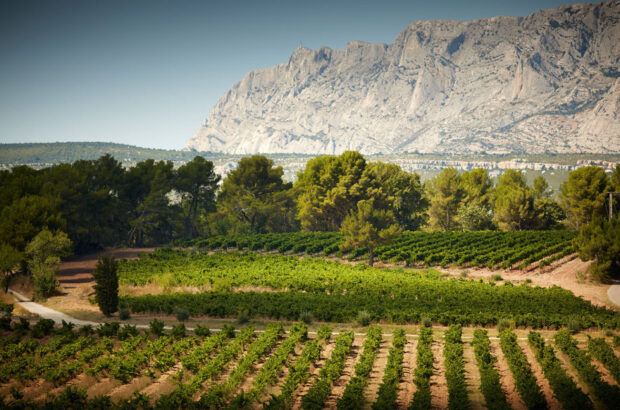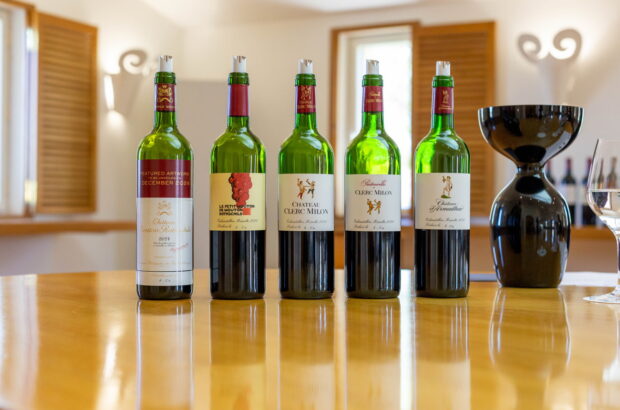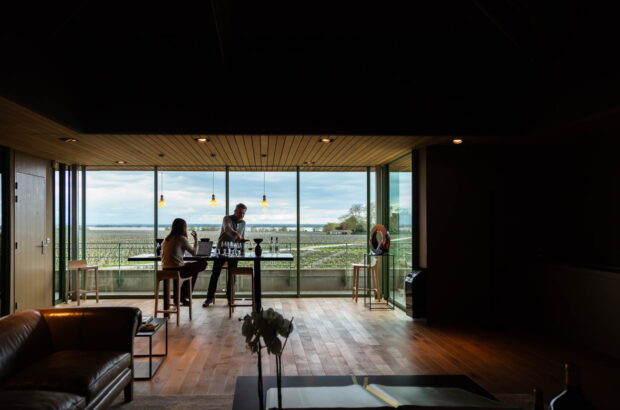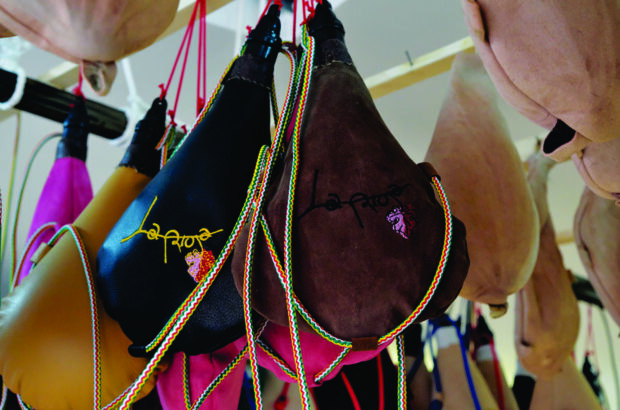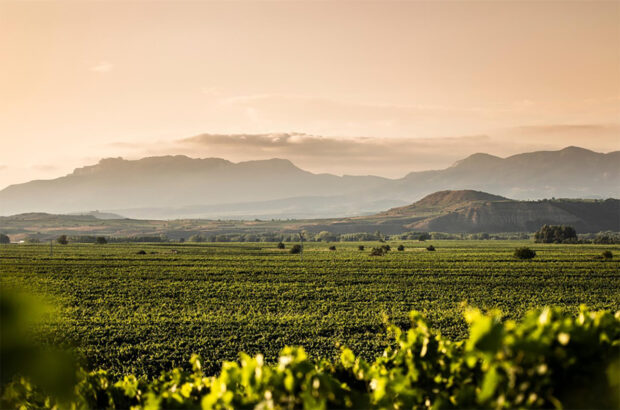This profoundly maritime region fronting the capricious Bay of Biscay rarely managed to stump up more than three outstanding vintages per decade in the past, yet of the eight vintages between 2015 and 2022, only 2017 and 2021 fall short of excellence (and 2017 Pomerol and Sauternes are delicious).
The 2023 vintage is being assessed at present; still more surprising success seems possible. Those caring for vineyards will always face challenges, but global warming appears to have lurched Bordeaux forward into a changed state. Its most noteworthy feature? Reliably hot summers.
According to local Météo-France annual reports, June, July and August in 2015, 2016, 2018, 2019, 2020, 2022 and now 2023 have all been hotter than the moving 30-year summer averages. Only modestly so for 2016, but flamboyantly so for 2018 and 2022. Most of the seasonal challenges have tended to come in the first half of the year – notably downy-mildew pressure from the very wet spring weather of 2016, 2018, 2020 and 2023.
That pattern of wet early months, though, set the vineyards up to cope with summer heat admirably – and when spring rain didn’t show, timely summer storms saw the vines through. Drought cursed none of these vintages, though it threatened in 2022.
Among Bordeaux’s top châteaux, huge changes have been instituted in both vineyards and cellars. The use of cover crops and heat-adapted canopies have changed the short-term look of vineyards; new rootstocks and row orientations, a switch to massal selections (propagating from an estate’s best-quality existing vine stock) for replanting, and experiments with agro-forestry mark a slower but no less significant shift.
Harvesting is swift and targeted; fruit sorting futuristically finicky; gravity systems render pumps redundant; extraction is gossamer; there’s less new oak being used and more alternative storage vessels. The fine anatomisation of vineyards and the switch to small-lot vinification provides super-granular blending possibilities: the biggest change of all.
Is there a ‘but’? Well, the taste of ambitious Bordeaux has significantly changed over the last decade. The sunny, easygoing opulence which linked 1982, 1989, 1990, 2000 and 2009 is now in abeyance. There’s a new severity and cut to ambitious young Bordeaux, linked to the acidity, freshness and ‘precision’ sought by cellarmasters and lauded by wine critics. Anatomise these wines, though, and you can hardly fail to be impressed by their concentration, their layered intricacy, their focus, their drama.
Where are the wines going? How will they age? Which are the best vintages? At this stage, no one seems too sure. Classical European palates vaunt 2016 and 2019; Bordeaux itself seems convinced that 2022 is The One; baroque 2018 has excitements galore; 2020 is a dark horse but outstanding at some properties. Lavish point scores fall like firework embers about the wines, ‘perfection’ included. Wine regions with three reliably hot summer months, of course, are common enough elsewhere, yet no one is yet suggesting that there’s a new monotony to Bordeaux’s tipping-point surge.
Prices for top wines are a sour point. They succeeded in hobbling 2022 en primeur sales; indeed no campaign since 2010 has been a roaring success, which seems odd. Is this mass of great wine struggling to find a loving home? If, like me, you buy at £35 or less per bottle, you’ll find unrivalled value among ambitious underlings. The cream of mid-priced Bordeaux from these vintages might offer the best red-wine value in the world.
Perhaps I’m missing the old gentleness of a generous Bordeaux vintage, its warm smile, its friendly embrace – but Bordeaux’s genes haven’t changed. These great sites have always delivered beauty and ease in time; why should they stop now? Climate change, meanwhile, is real; as yet it’s unchecked; such bounty cannot last. Seize the day.
In my glass this month
This month’s white just tastes… like white wine. Brilliantly so. No more, no less – beauty without adjectives. It’s the Amos Cuvée Weiss Bianco 2021 from Kellerei Kurtatsch in Alto Adige, grown in soaring, east-facing dolomite vineyards at 600m-900m. There are five varieties blended in here, but it’s the ‘essence of white’ character epitomised by Pinot Blanc which I found myself cleaving to: sheer, bracing, faintly salty, sky-bright and spotless.




